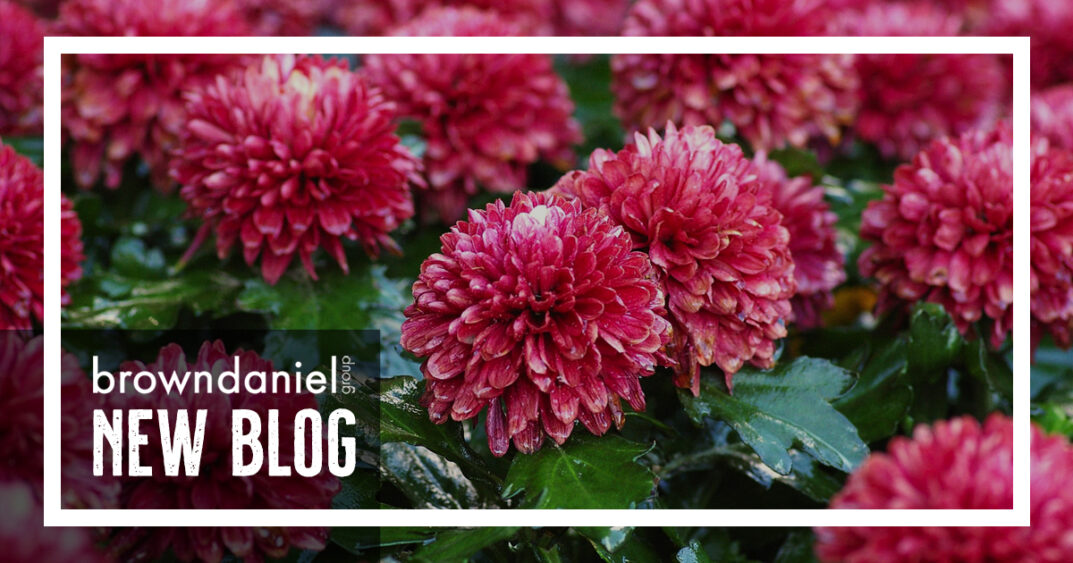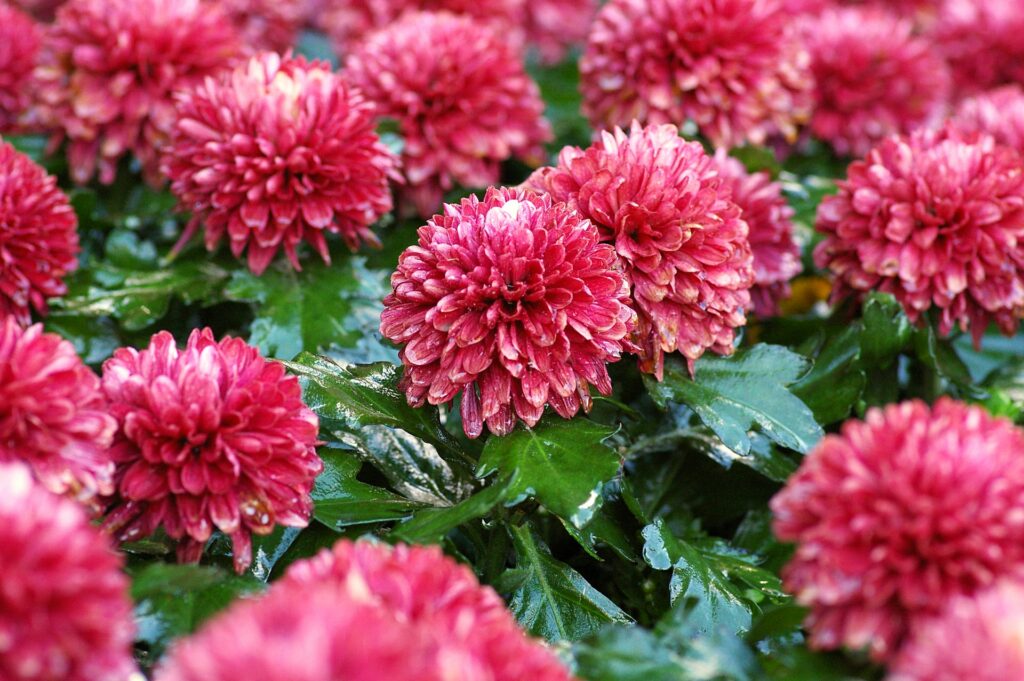
One of the most important considerations when you are planning your summer garden, or deciding which flowers and plants to include in your landscape design is location. Specifically, the amount of sunlight your plants will need, and how much they will receive in depending on where you choose to locate them in your yard. Some exposure to the sun is necessary for all plants, whether it’s your indoor herb garden or a freshly planted rose bush in your yard. This is because plants need the sun for photosynthesis, the process by which plants take sunlight, oxygen, and water and convert them into precious energy for growth. Since flowers won’t bloom and shrubs cannot grow without this energy, the right amount of sunlight is integral to a plant’s health.
As important as sunlight is for your plants, it is important to remember that not every flower or shrub needs the same amount. If you have a sun-thirsty plant, lack of adequate sunlight can cause your plant’s growth to be severely stunted, or could even cause your plant to die an early death. Alternatively, you could be working with a plant that thrives on being located in a shader spot. These plants prefer to receive less direct sunlight, and if you plant them in a location where they have too much sun exposure, it can cause their leaves to be scorched, bleached, or otherwise damaged. Some of the pickier plants can even die if they consistently receive too much direct sunlight.
Here in metro Atlanta, the Southern sun can be quite intense, especially during the late summer months. For this reason, knowing which plant and flower varieties need direct sun and which should be planted in the shade is of vital importance. In fact, with high summer temperatures and so much plentiful sunlight, your best bet for summer planting is to seek out flowers that do not only manage to happily bask in the full sunlight of a Southern summer, but actually need it for proper growth. Here, are a few examples of flowers that do best in the full sun of summer, though many will also hold their beauty well into the fall in the north Georgia growing zones.
Chrysanthemums
Plant these beauties now and you will have vibrant blooms all summer and well into the fall. Chrysanthemums come in a wide variety of colors from bright yellows and oranges to subdued pinks and whites, but the actual number of distinct varieties numbers in the hundreds. Mums love being planted in the full sun so they will happily bloom in even the warmest summer yards, though they do need a daily dose of hydration. They are wonderful at attracting butterflies, hummingbirds and perhaps most importantly, bees, so adding mums to your yard is a wonderful step towards helping your neighborhood’s pollinating bee population. Cut the flowers for an arrangement and they’ll brighten your home for weeks with their long-lasting blooms.
Coneflower
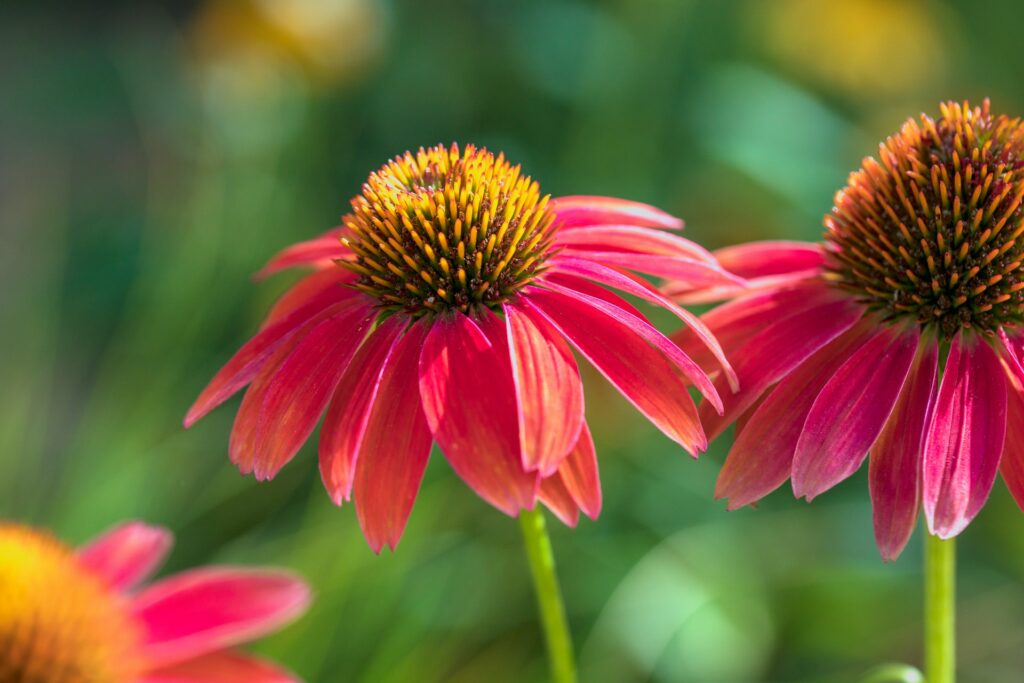
Coneflowers look similar to mums, and come in almost as many hues. They bloom from mid-spring until late into the fall, usually until the first frost hits in north Georgia. Coneflowers may just be the ideal summer flower for Southern yards, as they thrive in the high heat and humidity that we so often deal with hear in Atlanta. You will need to water them regularly when they are first planted, but you can expect them to be rather drought-resistant in subsequent years. Also like mums, they attract butterflies and bees, and make wonderful cuttings to pass along to friends. An interesting trivia fact about the coneflower – the coneflowers’ scientific name is echinacea. Yes, this beautiful summer bloom is the same plant used by the native Americans to treat wounds and infections, and it is where the echinacea supplements you may take for colds is derived.
Delphium
If you are looking to add impressive pops of color to your front yard and really bump up your curb appeal, delphium is one of the best summer flowers for our Southern climate. The tall spikes of the delphium plant bloom with myriads of colorful flowers, ones like you often see in gardens of the English countryside. They need a lot of sun – preferring to receive at least 8 full hours of direct sunlight each day, and should be watered regularly. Don’t fret if you see your blooms beginning to disappear after a few weeks – delphium flowers will continue to reappear over and over throughout the summer.
Foxglove
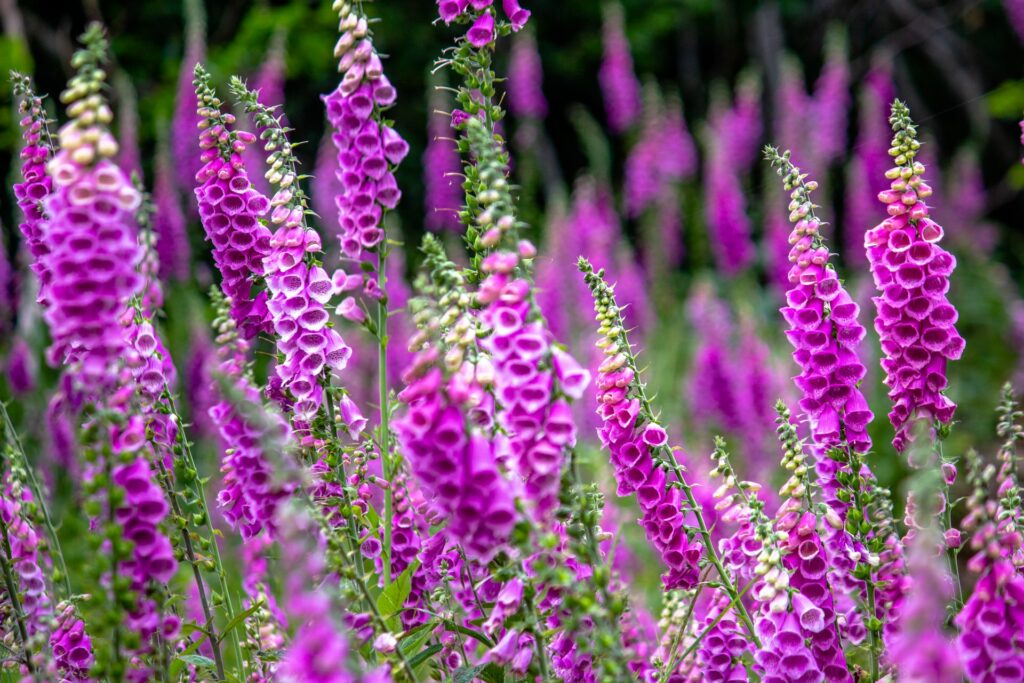
Foxglove is a fantastic plant for anywhere in your yard. They thrive in full sun, but will also tolerate a shady corner, making them very versatile. They will attract butterflies and hummingbirds, but deer will pass them over, so if you live in a more suburban location with more wildlife, you will be relieved to know that your foxgloves won’t be a target. The tubular flowers of the foxglove appear in several pastel shades including purple and yellow, and they self-sow, meaning after a few years you may have far more of them than you originally planned for. This plant does prefer moist soil, so only plant them it if you are certain you can water it during stretches without rain.
Impatiens
Impatiens are popular container plants, and you will often see them in hanging baskets decorating Southern porches. They can also be planted directly in soil, and due to their penchant for scattering seeds, you will often find more of them than you originally planted, or see them popping up in new spots along your garden area. Whether in a hanging basket or in the ground, these plants love the sunnier spots in your yard, and will thrive in full sun as long as they are watered regularly. There are many varieties of impatiens available, so you have a lot of color options to choose from. After blooming throughout the summer, the delicate flowers of the impatiens will continue to show off well into the fall.
Pansies

If you’ve only recently acquired your green thumb, pansies are a great flower to start with because they are so easy to grow. These flowers come in all sorts of colors, from dark purple and blue to lighter yellows and apricot shades. Pansies thrive in areas where they receive a lot of sunshine and do need to be watered regularly so make sure to supplement the rain if possible. Pansies are also a great flower for sharing – they grow stronger and thrive from having their blooms picked frequently.
Summer Snapdragon
A beautiful addition to the greenery in front of your home is Angelonia, often referred to as Summer Snapdragon. You’ll find them in a variety of white, pinks, blues and purples, and they love the sun. Even better for summers in the south, they only need to be watered about once each week, making them easy to care for even when watering restrictions limit the amount of hydration you can give to your plants. Angelonia will bloom throughout the summer, and often will continue to show off its blooms until the first frost in late fall. Cut their blooms for indoor vases and they’ll last for weeks at a time, and they give off a pleasant, almost grape-like scent.
Sunflowers

As the name suggests, sunflowers were absolutely made for the sunniest spots during a Southern summer. You might be thinking though, how could I possibly incorporate this giant of a flower into my front yard? Surprising to some, there are many varieties of sunflowers and not all grow to great heights. These kinds are collectively known as dwarf sunflowers, and each stalk grows to only three feet tall or smaller. When you are planting them, these smaller types only need to be placed three to six inches apart, and they are just as low maintenance as their taller cousins. Sunflowers need at least six hours of direct sunlight every day and should be watered regularly. Blooms will appear mid-summer and continue well into the fall. Still love the look of the giant versions? These beauties look great when planted alongside tomato plants or other veggies in your backyard garden.
Zinnias
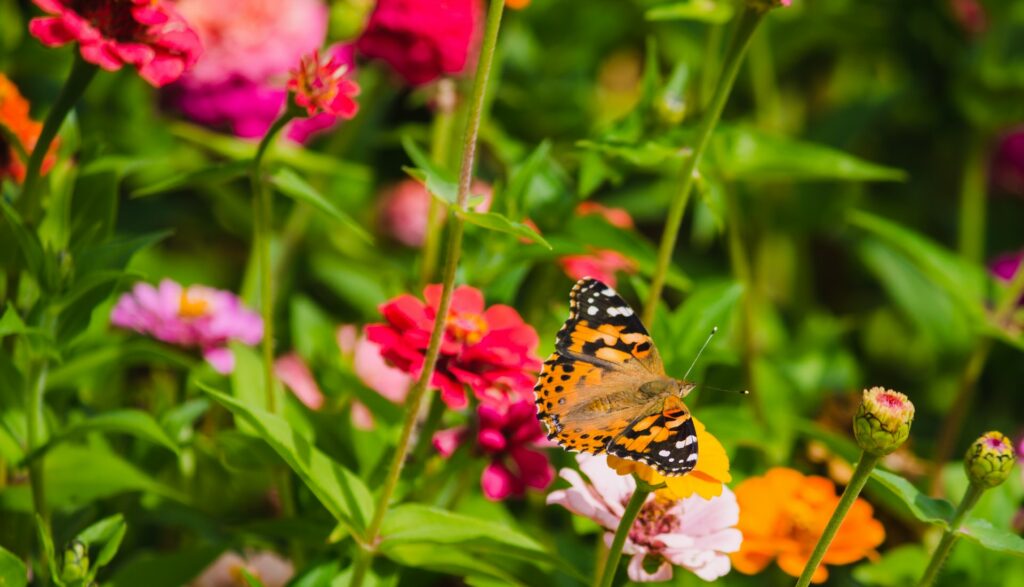
Zinnias are the ultimate hot weather plant. They are well loved for their colorful, round flowers, and their ability to withstand even the toughest summer. Even if you plant them early in the year, zinnias will wait for the weather to really heat up before showing off their blooms, which will last until the first frost hits in north Georgia. You also don’t need to water them much – overwatering contributes to mildew in these summer flowers. Zinnias thrive in containers such as window boxes and hanging baskets, while also being a great choice for edging and creating a colorful border to your other plants. Snip the blooms just as they are beginning to open to create show stopping bouquets and centerpieces.

